ULAANBAATAR’S TALLEST BUILDING
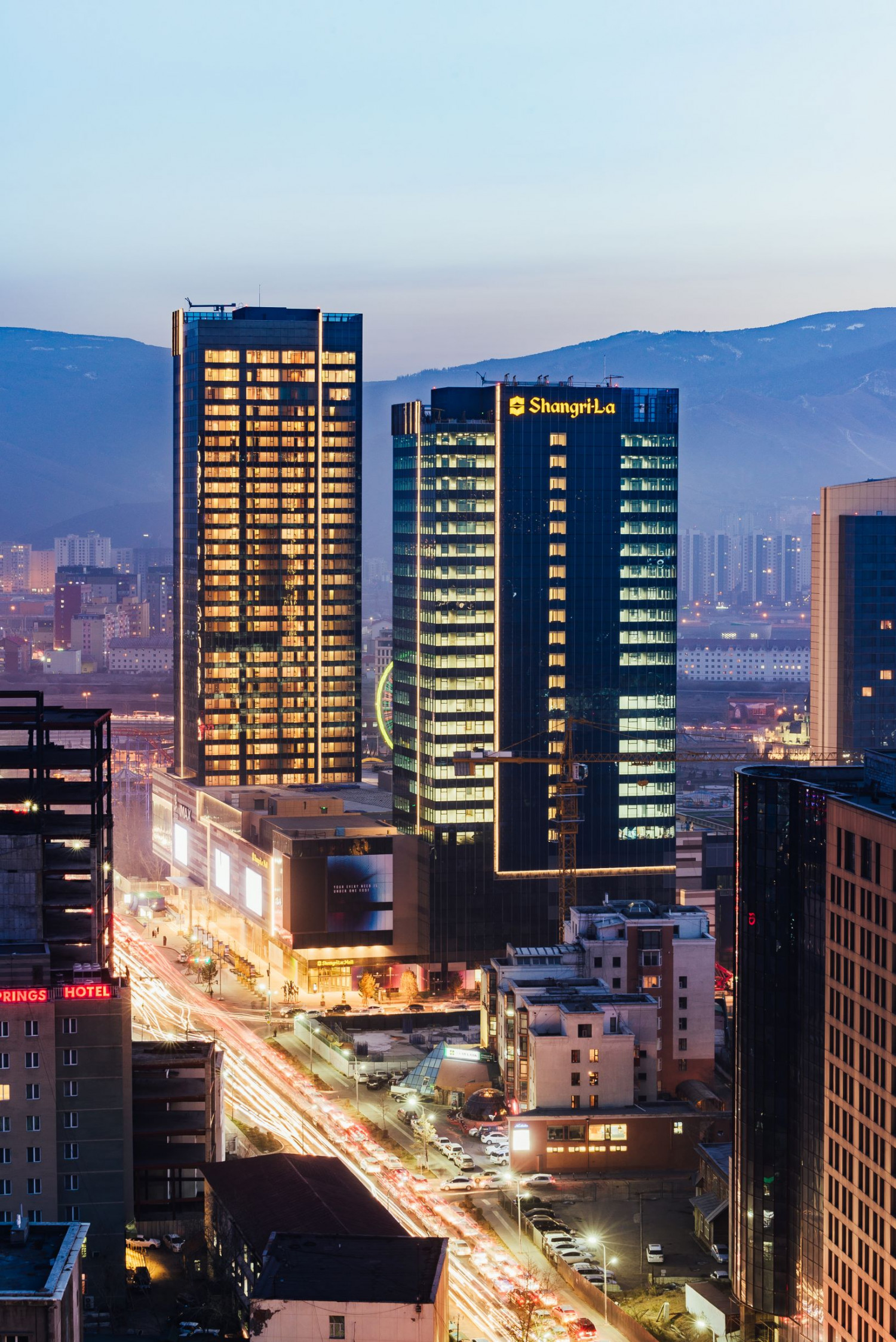
The third tower of the Shangri-La Centre, commissioned in 2016, is considered to be the tallest building in Ulaanbaatar. The building is 34 storeys and 136 meters high. The first part of the Shangri-La Centre was built in 2014, and the second part in 2015. The second section includes a 24-storey office tower and a 34-storey 200-room luxury hotel.
ULAANBAATAR’S BUSIEST DISTRICT

The largest district in the capital city is the Bayanzurkh District with an area of 1,244 hectares. Bayanzurkh District is also the most populous district, with a population of 367,679 and 22.6% of the capital city’s businesses running their operations in the district. Additionally, 25.5 percent or 105,791 households out of the city’s total 414,292 households live in this district. According to statistics, the khoroos with the most number of households and the largest population in the capital city are also led by the Bayanzurkh District khoroos.
M.BAYAR, THE FIRST MAYOR OF ULAANBAATAR
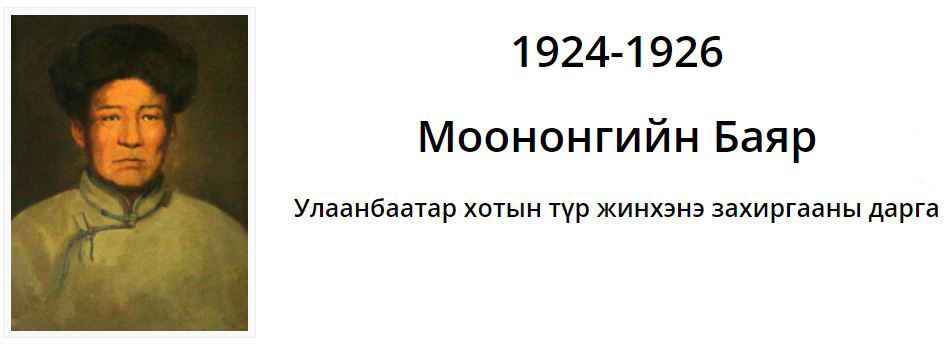
The first mayor of Ulaanbaatar was Bayar Moonon, who was in office between 1924 and 1926. He was born to a herder’s family in modern-day Bulgan soum, Dornod aimag in 1892. From an early age, he learned to read and write, and worked as a scribe in the soum where he eventually went on to work for the Ministry of Defense. On April 16, 1921, the temporary city administration staff was approved to have one chief, two scribes, 11 staff members, two horsemen, three members, and а secretary – in total, 20 positions in four departments. Thus, on April 30, 1924, the governors of many khoroos elected M. Bayar, who had been working in the customs committee, as the Mayor of the temporary city administration. In the same year, it was also decided to rename the capital city as Ulaanbaatar.
THE FIRST SCHOOL
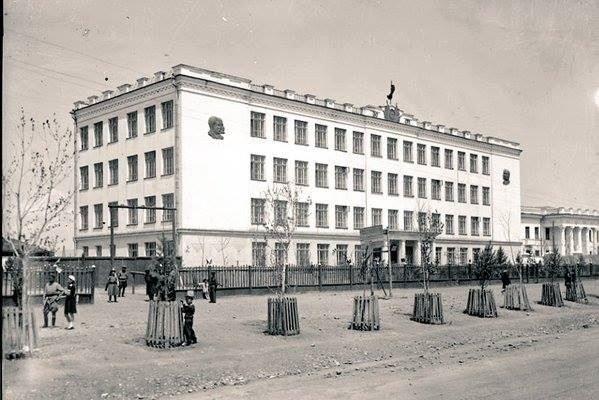
On August 25, 1921, the new Mongolian Government established the rules and dimensions of secondary school classrooms. Two years after the decision was passed, on February 16, 1923, the cornerstone of the first ever secondary school was laid in the city of Khuree. Thus, the first school in the capital city, School No.1, was established under the name, ‘Secondary School Chamber’, with two groups, 40 students and four teachers. In 1938, the country’s first high school was also established at the school.
THE FIRST KINDERGARTEN NAMED ‘CHILDREN’S HOUSE’
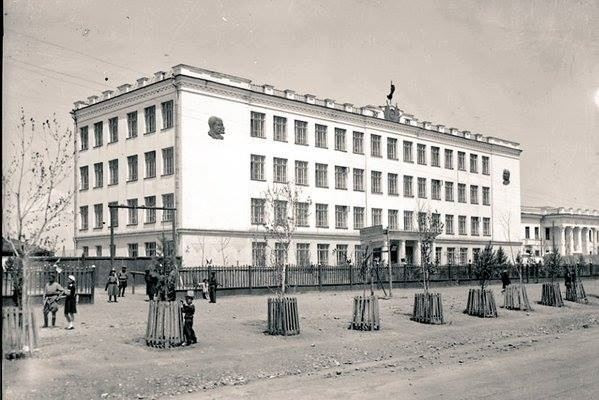
In 1932, by the order of the Minister of Public Enlightenment, a certain clause under the name of ‘Children’s House’ was included in eight types of work that are directly under the city's enlightenment department - the clause was about kindergartens as it was how kindergartens were referred at the time. The 1st kindergarten of Ulaanbaatar moved into a house, located behind School No.1, that had a Russian-style window and was considered quite comfortable at the time where a well-known monk previously used to live. At the first kindergartens, children were taught how to cut and glue paper, how to do mobility exercises involving their hands and feet, how to tell apart colors, tell the direction, talk about people in pictures, and play instruments such as the mandolin and drums.
THE FIRST UNIVERSITY

Based on the resolution of the People's Congress of the People's Republic of Mongolia dated March 22, 1940, the Council of Ministers issued Resolution No. 45 on the ‘Establishment of a State University in Ulaanbaatar’ on December 6, 1940. Based on the aforementioned decision, the People's Republic of Mongolia, with the support of the Soviet Union, established the State University named after Choibalsan, on October 5, 1942, which is known as the National University of Mongolia today. Founded during World War II, the National University of Mongolia was the first university in Mongolia to train national specialists and welcomed its first batch of graduates in 1946.
THE TALLEST AND MOST MAJESTIC MONUMENT
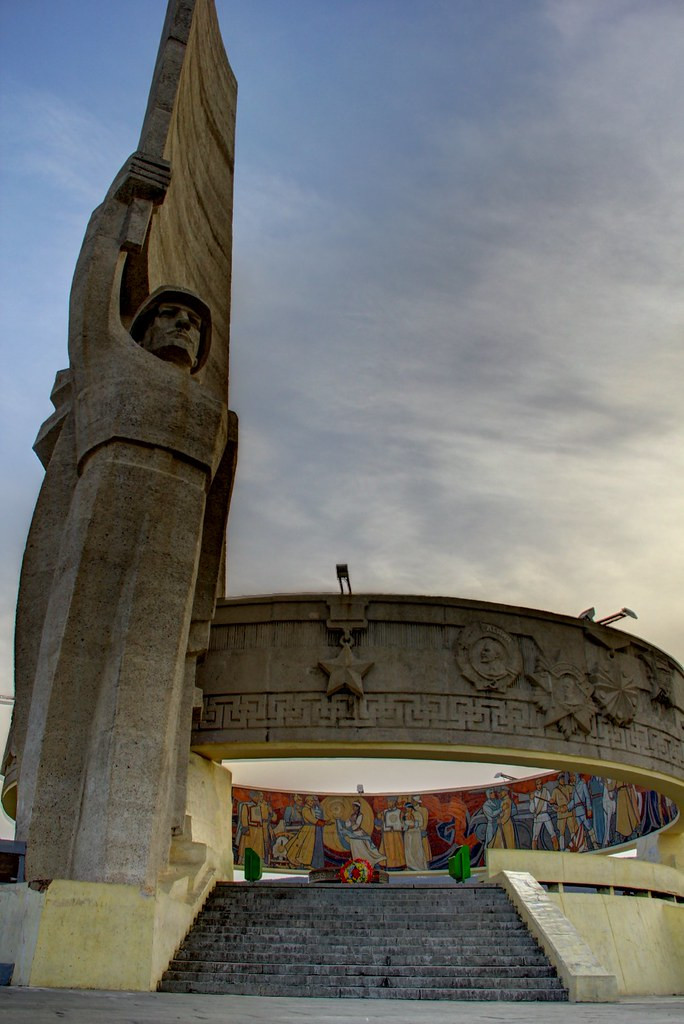
The tallest and most majestic monument in Ulaanbaatar would be the Soviet Warriors Memorial Complex at Zaisan Tolgoi. The monument complex was built in 1969-1971 by N.Urtnasan, D.Ulziikhishig, design engineers S.Ya. Kuznetsov, I.Badai, sculptors Ts.Dorjsuren, T.Zulzaga, painters Ya.Urjnee and B.Dorjkhan under the direction of architect A.Khishigt. The complex consists of a monument to soldiers, a sidewalk and road to the monument, a parking lot, a gathering area, and an “eternal” fire. The monument was built to express the everlasting brotherly friendship between the peoples of Mongolia and the Soviet Union.
THE OLDEST ARCHITECTURAL MONUMENT: DAMBADARJAA MONASTERY

The Dambadarjaa Monastery was built by the order of the Manchu Dynasty Emperor in 1761-1765 for the Bogd Jebtsundamba II, and is today the oldest architectural monument in Ulaanbaatar. The Dambadarjaa Monastery has a total of 25 temples, including a Tsogchin temple, 12 aimag temple, and four datsans (religious schools). There was also a large monastery where 1,500 monks would read scriptures, of which activities were stopped in 1937 and resumed in 1990.
ULAANBAATAR’S TALLEST BUILDING

The third tower of the Shangri-La Centre, commissioned in 2016, is considered to be the tallest building in Ulaanbaatar. The building is 34 storeys and 136 meters high. The first part of the Shangri-La Centre was built in 2014, and the second part in 2015. The second section includes a 24-storey office tower and a 34-storey 200-room luxury hotel.
ULAANBAATAR’S BUSIEST DISTRICT

The largest district in the capital city is the Bayanzurkh District with an area of 1,244 hectares. Bayanzurkh District is also the most populous district, with a population of 367,679 and 22.6% of the capital city’s businesses running their operations in the district. Additionally, 25.5 percent or 105,791 households out of the city’s total 414,292 households live in this district. According to statistics, the khoroos with the most number of households and the largest population in the capital city are also led by the Bayanzurkh District khoroos.
M.BAYAR, THE FIRST MAYOR OF ULAANBAATAR

The first mayor of Ulaanbaatar was Bayar Moonon, who was in office between 1924 and 1926. He was born to a herder’s family in modern-day Bulgan soum, Dornod aimag in 1892. From an early age, he learned to read and write, and worked as a scribe in the soum where he eventually went on to work for the Ministry of Defense. On April 16, 1921, the temporary city administration staff was approved to have one chief, two scribes, 11 staff members, two horsemen, three members, and а secretary – in total, 20 positions in four departments. Thus, on April 30, 1924, the governors of many khoroos elected M. Bayar, who had been working in the customs committee, as the Mayor of the temporary city administration. In the same year, it was also decided to rename the capital city as Ulaanbaatar.
THE FIRST SCHOOL

On August 25, 1921, the new Mongolian Government established the rules and dimensions of secondary school classrooms. Two years after the decision was passed, on February 16, 1923, the cornerstone of the first ever secondary school was laid in the city of Khuree. Thus, the first school in the capital city, School No.1, was established under the name, ‘Secondary School Chamber’, with two groups, 40 students and four teachers. In 1938, the country’s first high school was also established at the school.
THE FIRST KINDERGARTEN NAMED ‘CHILDREN’S HOUSE’

In 1932, by the order of the Minister of Public Enlightenment, a certain clause under the name of ‘Children’s House’ was included in eight types of work that are directly under the city's enlightenment department - the clause was about kindergartens as it was how kindergartens were referred at the time. The 1st kindergarten of Ulaanbaatar moved into a house, located behind School No.1, that had a Russian-style window and was considered quite comfortable at the time where a well-known monk previously used to live. At the first kindergartens, children were taught how to cut and glue paper, how to do mobility exercises involving their hands and feet, how to tell apart colors, tell the direction, talk about people in pictures, and play instruments such as the mandolin and drums.
THE FIRST UNIVERSITY

Based on the resolution of the People's Congress of the People's Republic of Mongolia dated March 22, 1940, the Council of Ministers issued Resolution No. 45 on the ‘Establishment of a State University in Ulaanbaatar’ on December 6, 1940. Based on the aforementioned decision, the People's Republic of Mongolia, with the support of the Soviet Union, established the State University named after Choibalsan, on October 5, 1942, which is known as the National University of Mongolia today. Founded during World War II, the National University of Mongolia was the first university in Mongolia to train national specialists and welcomed its first batch of graduates in 1946.
THE TALLEST AND MOST MAJESTIC MONUMENT

The tallest and most majestic monument in Ulaanbaatar would be the Soviet Warriors Memorial Complex at Zaisan Tolgoi. The monument complex was built in 1969-1971 by N.Urtnasan, D.Ulziikhishig, design engineers S.Ya. Kuznetsov, I.Badai, sculptors Ts.Dorjsuren, T.Zulzaga, painters Ya.Urjnee and B.Dorjkhan under the direction of architect A.Khishigt. The complex consists of a monument to soldiers, a sidewalk and road to the monument, a parking lot, a gathering area, and an “eternal” fire. The monument was built to express the everlasting brotherly friendship between the peoples of Mongolia and the Soviet Union.
THE OLDEST ARCHITECTURAL MONUMENT: DAMBADARJAA MONASTERY

The Dambadarjaa Monastery was built by the order of the Manchu Dynasty Emperor in 1761-1765 for the Bogd Jebtsundamba II, and is today the oldest architectural monument in Ulaanbaatar. The Dambadarjaa Monastery has a total of 25 temples, including a Tsogchin temple, 12 aimag temple, and four datsans (religious schools). There was also a large monastery where 1,500 monks would read scriptures, of which activities were stopped in 1937 and resumed in 1990.
